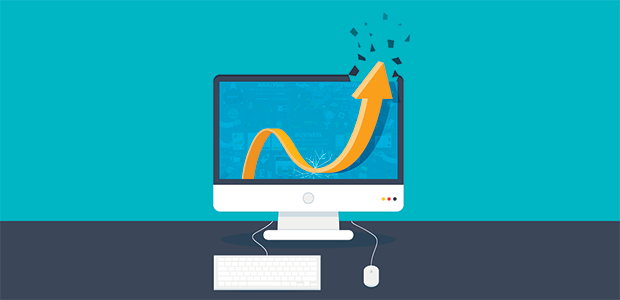What is mixed reality?
Virtual reality and augmented reality have been around for a while. Augmented reality is an enhanced version the world of which elements are superimposed by computer-generated sounds, images and text (Schueffel 2017) while virtual reality is an artificial environment created with software which is presented to a user to make the user believe it is real (Rouse 2015). Mixed reality lies in between the two and can be seen as a way to place, interact and communicate with computer-generated objects in the real world while making it all seem real.
What can it be used for?
Mixed reality can be applied in a wide range of industries to improve productivity. For example, an architect will be able to view their blueprints in 3D on location with the ability to interact with it to improve the building, bridge or other constructions before they are built. Another example is a technician who needs assistance because he may lack experience repairing a certain component. This person will now be able to show a colleague what needs to be repaired and get gradual visual feedback by the other colleague while this person works in another building.
How can it improve productivity?
The examples showcased how some improvements can be made with less effort. The technician can provide his colleague with visual feedback and get a better understanding of the problem without being on location. This reduces the amount of time needed to repair the component and removes the need for the technician travelling to his colleague. The architect can compare the construction in process with the 3D model on location to spot differences fast and to correct them earlier. Other industries can also benefit from the possibilities that mixed reality can bring in the future.
Microsoft is currently selling the Hololens. This device can provide businesses with the benefits that Mixed reality brings. While the technology is still young, mixed reality should be able to benefit both firms and individuals in the way problems are approached.
References
Colagrossi, M. (2018). Future of mixed reality: How augmented and virtual worlds will collide. [online] Big Think. Available at: https://bigthink.com/mike-colagrossi/future-of-mixed-reality-how-augmented-virtual-worlds-will-collide [Accessed 15 Oct. 2018].
Rouse, M. (2018). What is virtual reality? – Definition from WhatIs.com. [online] WhatIs.com. Available at: https://whatis.techtarget.com/definition/virtual-reality [Accessed 15 Oct. 2018].
Schueffel, Patrick (2017). The Concise Fintech Compendium. Fribourg: School of Management Fribourg/Switzerland.


